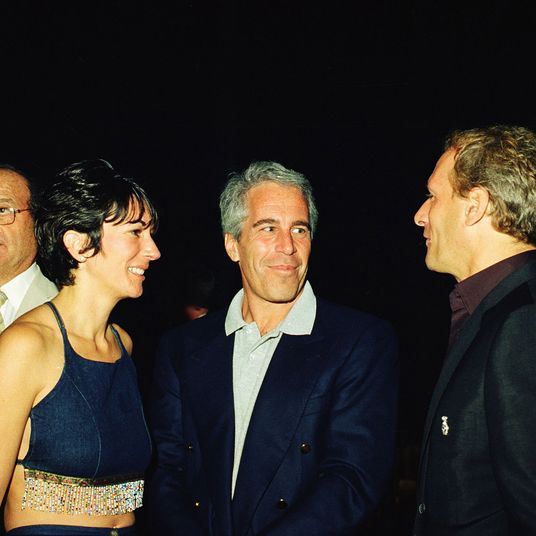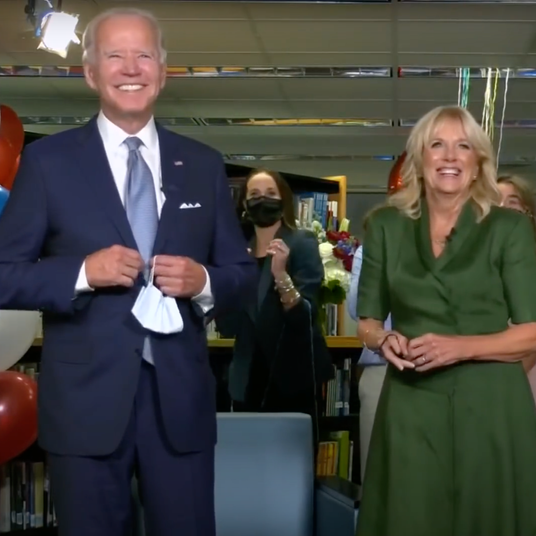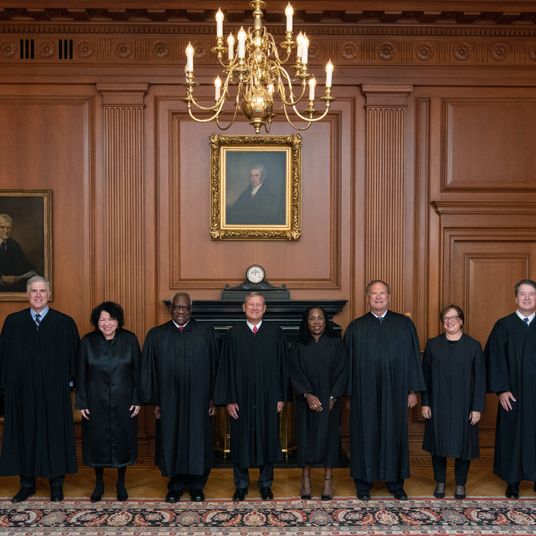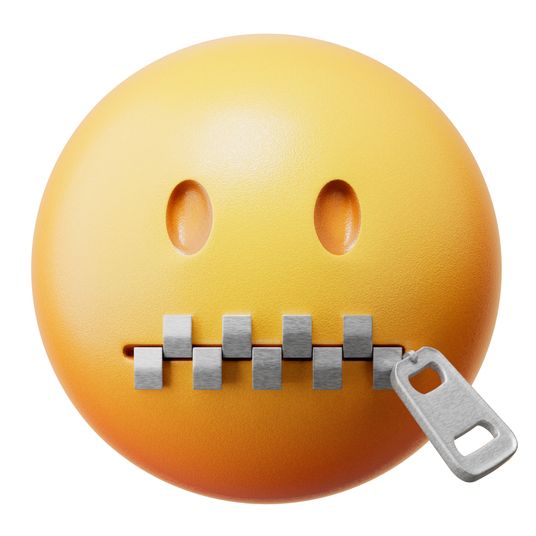
America’s children are not doing great. In August, the New York Times published “The Inner Pandemic,” a multipart project on adolescent mental health, which has reached crisis levels. In addition to higher rates of anxiety and depression, suicides have been increasing since 2007, passing homicide as the second-leading cause of death for those ages 10 to 24.
Because the youth mental-health crisis has been concurrent with certain developments in consumer electronics and internet advertising, commentators have found a convenient scapegoat in technology. In her 2017 book iGen: Why Today’s Super-Connected Kids Are Growing Up Less Rebellious, More Tolerant, Less Happy — and Completely Unprepared for Adulthood — and What That Means for the Rest of Us, marketing consultant Jean Twenge blamed the iPhone and social media for a host of social problems in the post-millennial cohort.
But the technology thesis hasn’t performed well under critical examination, as the Times package notes. What possible reason could there be for American young people to be particularly unhappy in the 2020s? It’s hard to see the forest for all the low-hanging fruit: There’s the pandemic that has trapped kids inside with their families, a recipe for unhappiness all around if ever there was one; the rise of right-wing political extremism and rapid advance of various hate groups; and global warming, the imminent end of the world as we know it.
When it’s framed as a “youth mental health” crisis, the solutions are individual, one malfunctioning brain at a time, even as the issue is obviously social. The scholarship on long-term developments in cohort mental health suggest it’s not individual disasters that matter but rather enduring social changes. America has become an increasingly difficult place to be a happy child, and it’s well past time to start treating that as an urgent political problem.
When I researched affective trends in American youth for my 2017 book, Kids These Days: Human Capital and the Making of Millennials, the negative indicators were already well evident. Anxiety and depression were up, social trust and happiness were down. I cross-referenced these results with reports from youths about how they were spending their days — what are called “time-use surveys” — and a clear answer jumped out. Here’s how I put it at the time: “American kids and teens, across race, gender, and class lines, are spending less time doing things that make them happy (like self-directed play with their friends and eating — pretty much the only two activities they report enjoying) and more time doing things that make them especially unhappy (like homework and listening to lectures).” The first casualty of America’s child-enrichment arms race has been childhood itself.
It’s impossible to get an apples-to-apples comparison with the pandemic years, but there is plenty of anecdotal evidence that kids spent even less time with their friends during that period, while doing things that made them unhappy, i.e., hanging with their parents all the time. The time-use thesis could even help explain a bump in their use of technology. If today’s kids have less autonomy when it comes to how and where they spend their time, it’s no surprise that they’d become compulsive multitaskers, using their smartphones as hyperefficient daydreaming machines.
Commentators have also spilled a lot of worried ink in the last few years about what they perceive as a sudden increase in young people experimenting with their gender and sex, even as the same outlets have fretted that this cohort of young people seems to be having an anomalously low amount of actual sexual intercourse, labeling them “Puriteens.” Given how trammeled their weeks are by curricular and extracurricular commitments, it’s to be expected that the balance of their experimentation would shift away from languorous fooling around in basements and toward the more economical declarations of identity. If pundits are sick of hearing about adolescents and their genders, perhaps we’d all be better off if they arranged to spend a little less time monitoring teenagers.
Autonomy is essential for developing what psychologists call an “internal locus of control” — the sense that your choices and actions affect your life, that they matter — and that’s exactly what today’s young people don’t have. Decades of studies have established the connection between an external locus of control in youth and hopelessness, depression, and suicidality, but amid the current crisis there’s been no political constituency for giving kids some slack. Instead, the New York Times suggests dialectical behavior therapy, an effective resource-intensive way to help patients deal with their lack of genuine autonomy (and another set of appointments for them to keep). A therapist for every child might be the best solution we can hope for, but I simply do not believe that any substantial portion of children should require frequent psychological treatment to cope with being alive except in a deeply malformed society. Why is the alternative — increasing the trust that we are willing to put in our country’s youth — so unthinkable?
Leaving young people alone is a surprisingly radical idea. The forthcoming collection, Trust Kids!: Stories on Youth Autonomy and Confronting Adult Supremacy, edited by Canadian child liberationist carla joy bergman, uses the slogan “Solidarity begins at home” to ground the collection, one that entails a commitment “to be curious about, figure out, and affirm how adults who inhabit home and other public and private spaces with children and youth can have a concrete role in co-creating the conditions by which the children in their lives can enjoy justice and thrive.” It’s an orientation based in anarchist ideas of mutualism, and if the concept sounds easy to get behind at first — who doesn’t want the kids around them to enjoy justice and thrive? — trusting kids in practice, in a society that refuses to, is much more complicated.
Trust Kids! has a number of pieces by the kind of people we’re more used to hearing about than from, such as parents of trans children, disabled teens, and anarchist educators. (The best-known contributor is author Rebecca Solnit; bergman has put admirably little work into searching out polished writers with marketable names.) The volume’s lesson is in the form as much as the content. For example, bergman includes an essay by Uilliam Joy Bergman, their own kid, and, as a 17-year-old raised by a professional child liberationist, an expert on the topic. “Parents, a lot of times, are so cut off from their childhood selves that they forget what it is like to be a kid,” he writes, “and then some of them treat kids terribly, and then the patterns continue.” That’s not just true, it’s extraordinarily well-put, and Trust Kids! gets a lot of similarly insightful moments by, well, trusting kids.
Perhaps the most interesting selection in Trust Kids! is a short conversation between Cindy White, 18, and kitty sipple, a 30-year-old friend of White’s mother. Sipple identifies as Mad — not as in angry, but as in hearing voices — and White has microcephaly and learning disabilities. They talk about what it’s like to hear things that aren’t there, what it’s like to experience disassociation in public, and what White tentatively calls the “They/them thing.” The form is powerful: Maybe having a professional dialectic behavioral therapist on call is less important than having a Mad Aunt around to nonjudgmentally answer weird questions. Some of the concerns in the book are a bit rarified — a mother’s worry that her goddess-worshiping witchcraft community might feel less than supportive to her transmasculine kid, for example — but the mental-health crisis is a radical problem, and I believe there are answers in the domestic research labs where some brave adults are reaching across the age gap.
The good news is that the mainstream media is at least starting to better understand the adult mental health crisis. While the Times health section treated the “Inner Pandemic” as a medical problem, the paper’s opinion section published a series of articles titled “It’s Not Just You,” which states from the outset that “America’s mental health crisis isn’t just about our unhappiness as individuals. It’s about the world we live in: our economy, our culture, our medical establishment.” Scholar Danielle Carr opens her essay in the package with the radical question “What if the cure for our current mental health crisis is not more mental health care?,” and the clinical psychologist Huw Green suggests we think about mental health as “one way of looking at our lives among others.” Here, what’s good for the gander is good for the goslings; adults don’t deserve junior-level thinking when it comes to their mental health, and neither do kids.
Mental health is political, Carr argues convincingly, and children’s mental health is doubly so. “If someone is driving through a crowd, running people over, the smart move is not to declare an epidemic of people suffering from Got Run Over by a Car Syndrome and go searching for the underlying biological mechanism that must be causing it,” she writes. American kids feel like their actions don’t matter and the world is fucked anyway; is that so different from the rest of us? “There have been many times where my friends tell their parents that they are depressed, but the parents are shocked and try to belittle it, or demand to know why, and most kids can’t answer that,” the younger Bergman writes. “Most adults can’t either!” The first step in solidarity is recognizing that we have the same problem; the second will be fighting to solve it on that basis.






























